

— Solutions —
—Products—
 Consumer hotline +8618073152920
Consumer hotline +8618073152920 WhatsApp:+8615367865107
Address:Room 102, District D, Houhu Industrial Park, Yuelu District, Changsha City, Hunan Province, China
Time:2024-10-03 17:56:29 Popularity:1190
This hydrological monitoring solution aims to realize real-time monitoring and data collection of water level, flow, water quality and other hydrological elements of rivers, lakes, reservoirs and other water bodies by integrating advanced sensors, data acquisition, transmission and IoT processing technologies. The program will provide scientific basis and decision-making support for water resource management, flood and drought prevention, water conservancy project planning and design, water quality protection and other fields.
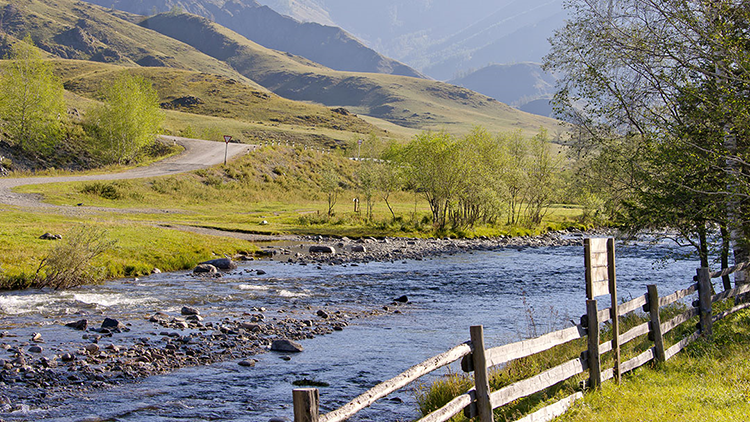
(1) Data collector: used for real-time collection of sensor data, with data storage, processing and transmission functions.
(2) Telemetry Terminal: Realize remote data transmission, send the data in the collector to the monitoring center.
(3) Solar panel and battery: provide stable power supply for monitoring equipment.
(4) Protective box: used to protect the equipment from the harsh environment.
(1) Water level sensors: used to measure the water level changes in the water body, such as float-type water level meter, ultrasonic water level meter and so on. Installed in rivers, lakes, reservoirs, real-time measurement of water level changes, early warning of flood risk.
(2) Flow meters and tachometers: used to measure the speed and volume of water flow, including water flow meters, tachometers, flow meters and so on. They are used to calculate the speed and volume of water flow and assess the flow status of the water body.
(3) Rainfall Sensors: Used to measure the amount and intensity of precipitation, including piezoelectric rain gauges, tipping bucket rain gauges, and so on. These devices can monitor rainfall in real time and provide early warning information for flood and drought prevention.
(4) Water quality sensors: monitoring PH value, dissolved oxygen, turbidity, ammonia nitrogen, heavy metals, etc., to ensure the safety of water quality.
(5) Meteorological sensors: monitoring temperature, humidity, wind speed, wind direction and rainfall, providing meteorological data base for predicting hydrological events.
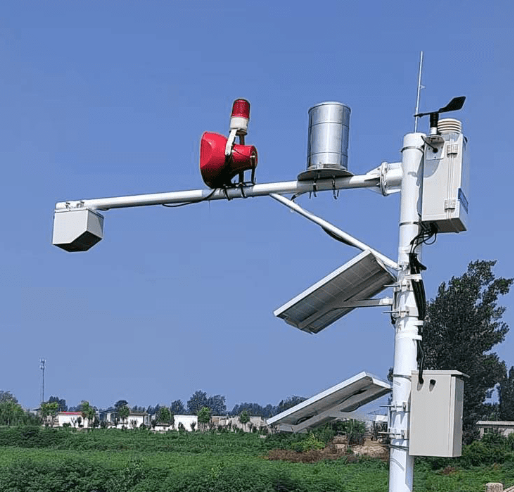
1. Sensor data collection: Sensors (such as water level, flow, water quality sensors) distributed in each monitoring point continuously collect data.
2. On-site data processing: The intelligent control box or data acquisition unit performs preliminary processing on the raw data, which may include filtering, calibration and other operations.
3. Data transmission:
- Wired transmission: data are transmitted directly to the cloud platform via a wired network (e.g. Ethernet).
- Wireless transmission: send data to the cloud platform via wireless communication technology (e.g. GPRS/3G/4G/5G, Wi-Fi, satellite communication).
4. Cloud Platform Receiving and Processing: After receiving the data, the cloud platform stores, analyzes, and generates visualization reports or triggers early warning mechanisms through algorithmic models.
5. Data display and analysis: The cloud platform displays the data to users through web pages or mobile applications, and provides data analysis tools for users to conduct in-depth analysis.
6. Safe transmission guarantee: Encryption technology is used during data transmission to ensure data security and privacy protection.
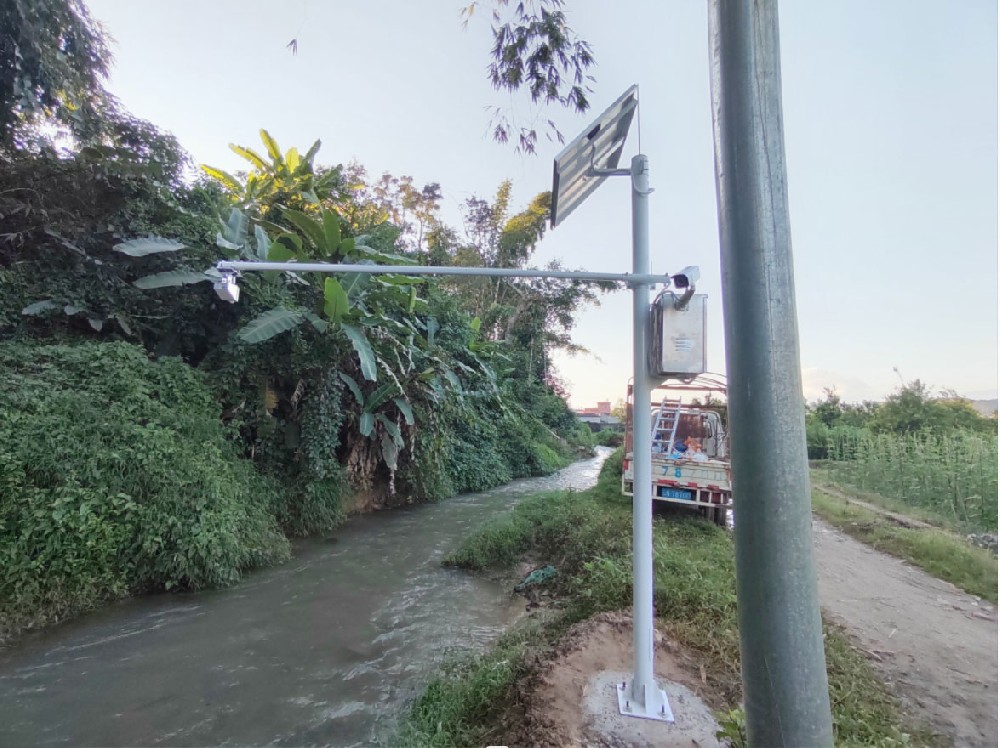
Improvement of water resources management: through real-time monitoring of water level, flow rate and other hydrological elements, it provides scientific basis for water resources management departments and realizes rational allocation and scheduling of water resources.
Early warning for flood prevention and drought relief: real-time monitoring of water level, rainfall and other hydrological and meteorological elements, timely grasp of the development trend of floods or droughts, to provide early warning information for flood prevention and drought relief to reduce disaster losses.
Water quality protection: through monitoring water quality parameters, timely detection of water quality problems, providing scientific basis for water quality protection and improvement, and safeguarding drinking water safety and ecological health.
Water conservancy project planning and design: provide important data support and decision-making basis for the planning, design, construction and operation of water conservancy projects, and improve the flood and drought prevention and irrigation and water supply capacity of water conservancy projects.
Ecological research and protection: long-term data to support scientific research on water ecosystems and protect biodiversity.
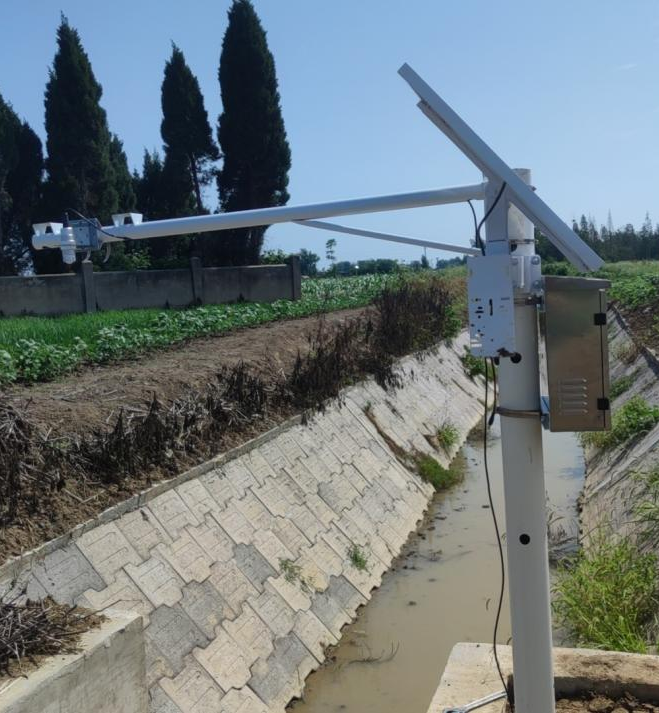
Water resources management: using hydrological monitoring data, water resources allocation, scheduling and protection work to achieve sustainable use of water resources.
Flood control and drought relief: In flood control and drought relief work, real-time monitoring of water level, rainfall and other hydrological elements, to provide data support for the decision-making departments to help develop scientific and reasonable flood control and drought relief measures.
Water conservancy project: provide data support for the planning, design, construction and operation of water conservancy projects, and improve the flood control and drought resistance and irrigation and water supply capacity of water conservancy projects.
Water quality monitoring: for water quality monitoring work, testing the chemical composition of water, suspended solids and other indicators, to protect the safety of drinking water and ecological health.
Rivers and lakes: to monitor water level changes, prevent flooding and protect the safety of coastal residents.
Reservoirs and dams: Ensure safe water storage, rational dispatch, and safeguard irrigation and power generation needs.
The implementation cycle of the hydrological monitoring program will be affected by a variety of factors, including the scale and complexity of the program, the procurement and installation time of the required equipment, the selection and construction of the monitoring stations, the construction and debugging of the data platform, personnel training and technical support. Therefore, it is difficult to give a specific implementation cycle. However, you can refer to the following steps to roughly estimate the implementation cycle:
This stage requires an in-depth analysis of the monitoring requirements to clarify the monitoring objectives, monitoring elements, monitoring station layout, etc.
According to the results of the demand analysis, design a detailed hydrological monitoring program, including equipment selection, data transmission methods, data processing and analysis methods.
The time of this stage usually ranges from several weeks to several months, depending on the complexity of the demand and the degree of detail of the program.
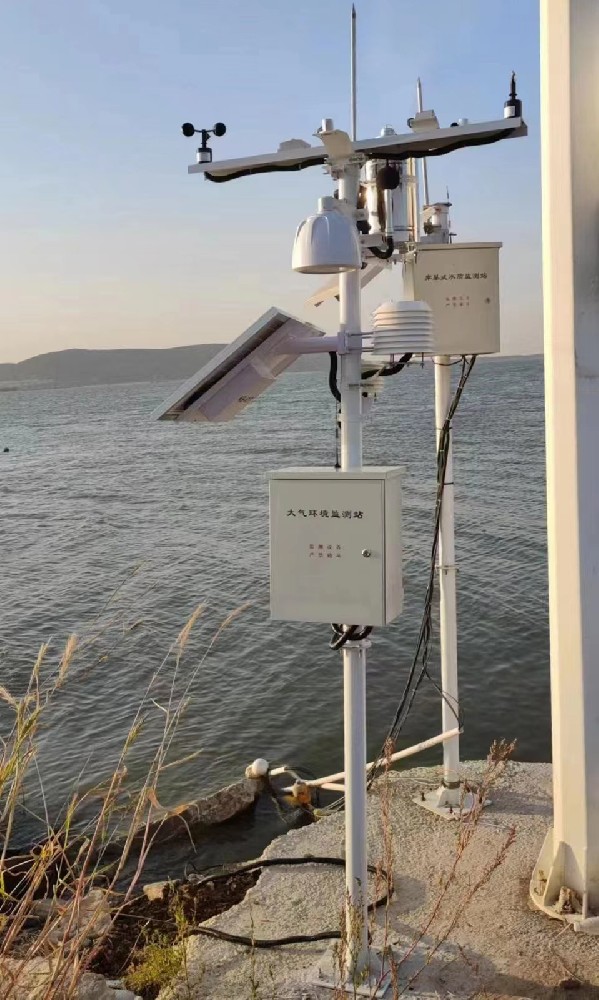
Procure the required sensors, data collectors, data transmission equipment, etc. according to the program design.
Installation and commissioning of the equipment at the selected monitoring sites to ensure that the equipment can work properly and collect data accurately.
The time for this phase depends on the cycle of equipment procurement, the complexity of installation and commissioning, and the number and distribution of monitoring stations.
Build a platform for receiving, storing, processing and analyzing data, including database, data processing software, data analysis tools and so on.
Test and debug the data platform to ensure that it can accurately receive and process data from monitoring stations.
The time of this stage depends on the complexity of the data platform, the development cycle and the progress of debugging.
Train monitoring personnel in equipment operation, data collection and processing.
Provide technical support and maintenance services to ensure that the monitoring program can operate stably for a long time.
The time of this stage depends on the complexity of the training content and the degree of demand for technical support.
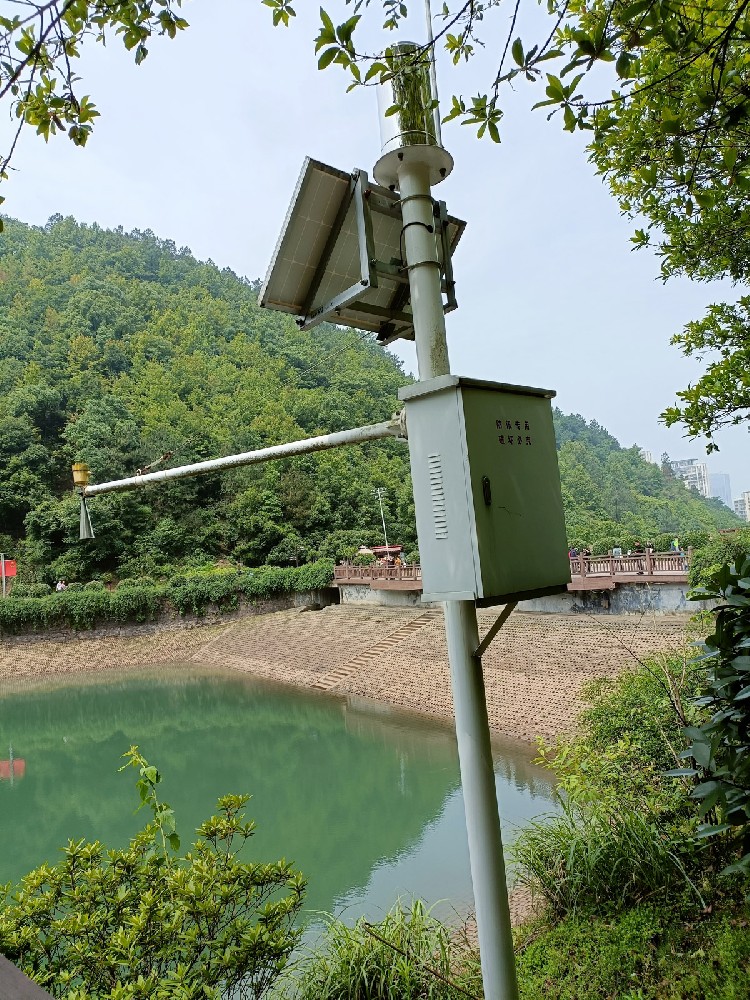
In summary, the implementation cycle of hydrological monitoring program usually ranges from a few months to a year, depending on the size and complexity of the program, as well as a variety of factors in the implementation process. During the implementation process, close attention needs to be paid to progress and quality to ensure that the program progresses according to the intended schedule and objectives. At the same time, it is also necessary to maintain close communication and cooperation with relevant departments and personnel to jointly promote the smooth implementation of hydrological monitoring.
To summarize, this hydrological monitoring program realizes real-time monitoring and data collection of hydrological elements of water bodies by integrating advanced sensors, data acquisition, transmission and processing technologies and IoT platforms. The program provides scientific basis and decision-making support for the fields of water resources management, flood and drought prevention, water conservancy project planning and design, and water quality protection, etc., and has a wide range of application prospects and important social value. Through the promotion and application of hydrological monitoring technology, the collection, processing and application of hydrological data can be strengthened, the operational efficiency and management level of water conservancy projects can be improved, the safety of people's lives and properties and social stability can be guaranteed, and the sustainable utilization of water resources and the protection of water ecological environment can be promoted.
Related recommendations
Sensors & Weather Stations Catalog
Agriculture Sensors and Weather Stations Catalog-NiuBoL.pdf
Weather Stations Catalog-NiuBoL.pdf
Related products
 Combined air temperature and relative humidity sensor
Combined air temperature and relative humidity sensor Soil Moisture Temperature sensor for irrigation
Soil Moisture Temperature sensor for irrigation Soil pH sensor RS485 soil Testing instrument soil ph meter for agriculture
Soil pH sensor RS485 soil Testing instrument soil ph meter for agriculture Wind Speed sensor Output Modbus/RS485/Analog/0-5V/4-20mA
Wind Speed sensor Output Modbus/RS485/Analog/0-5V/4-20mA Tipping bucket rain gauge for weather monitoring auto rainfall sensor RS485/Outdoor/stainless steel
Tipping bucket rain gauge for weather monitoring auto rainfall sensor RS485/Outdoor/stainless steel Pyranometer Solar Radiation Sensor 4-20mA/RS485
Pyranometer Solar Radiation Sensor 4-20mA/RS485
Screenshot, WhatsApp to identify the QR code
WhatsApp number:+8615367865107
(Click on WhatsApp to copy and add friends)
